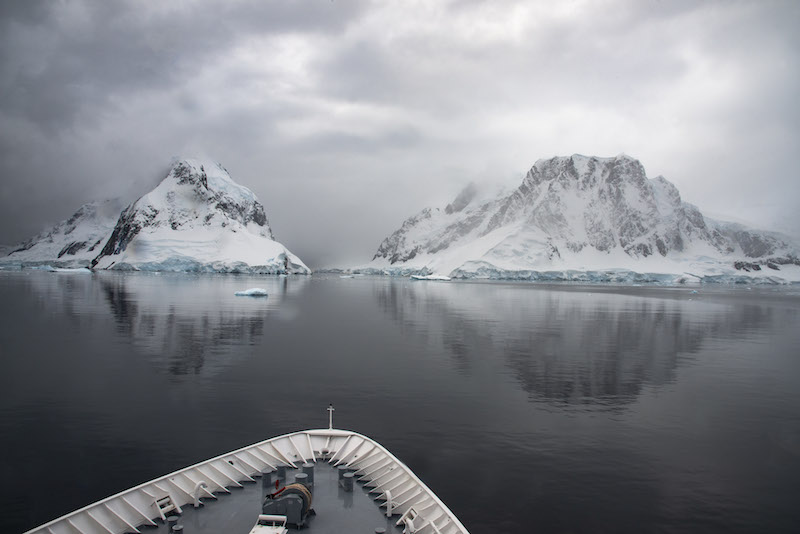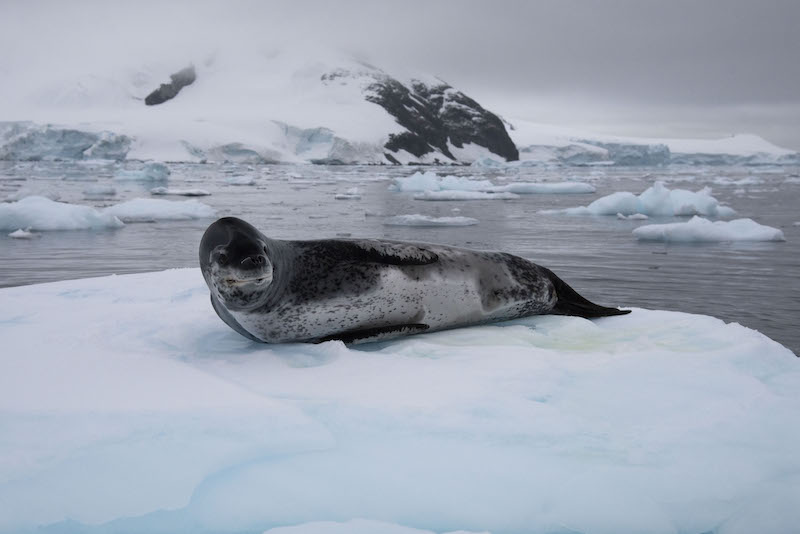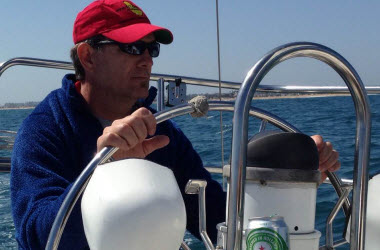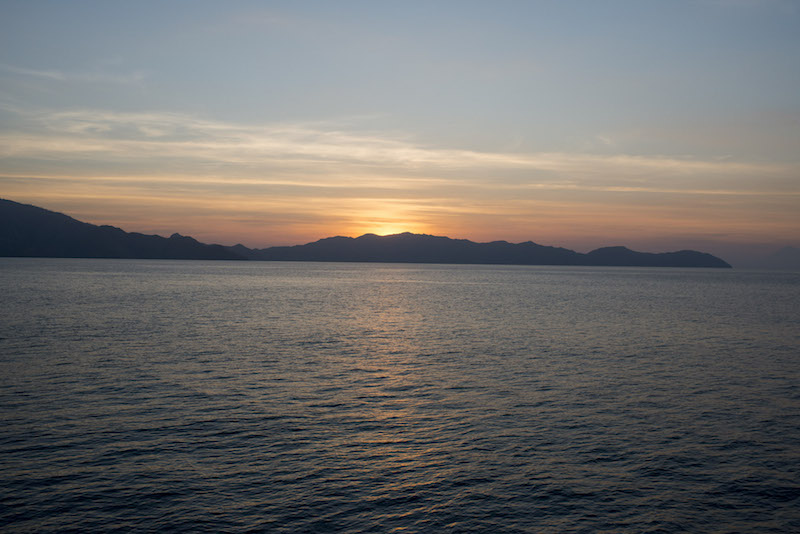April 23, 2019
 If you’re like I was, ‘Antarctica’ conjures images of flat, white vastness as far as the eye can see. And while the fifth largest continent does span five and a half million square miles, much of which is the flat, frozen expanse we often envision, there is so much more to Antarctica than water, ice, and rock.
If you’re like I was, ‘Antarctica’ conjures images of flat, white vastness as far as the eye can see. And while the fifth largest continent does span five and a half million square miles, much of which is the flat, frozen expanse we often envision, there is so much more to Antarctica than water, ice, and rock.
As we boarded the RCGS Resolute in Ushuaia, Argentina’s southernmost port of call for the Southern Ocean, we were regaled with tales of past Antarctic exploits. British explorer Ernest Shackleton- who’s as synonymous with Antarctica as John Wesley Powell to the Colorado- led three expeditions to the area and was one of the most successful explorers of his time. His hut still stands the test of time and is one of the most visited attractions on the continent.
We set out on the 48-hour crossing of the Drake Passage and were soon greeted by a super pod of killer whales - and right in the middle of all the action were a couple fur seals. The hunt was on…or was it? As my heart raced for these doomed cuties, I quickly learned these were type B killer whales that only hunted fish. This was symbiosis, not predation. And so the lessons began.
For us newbies visiting the Antarctic Peninsula for the first time, the most dramatic initiation was the morning we woke in the Lemaire Channel. A mere few hundred yards wide, this narrow passage is just big enough to maneuver a 400-ft. icebreaker. What blew me away the most was the gargantuan scale of the terrain. Massive, jagged peaks, reminiscent of the Chilean Andes, jutted up from the ice on both sides of us. As we crept through the channel, the scale of this frozen tundra started to form. We could see the walls of ice were hundreds of feet tall, and the towering mountains must have been in the thousands - this was no flat expanse, but a series of mountainous glaciers far more striking than anything I had ever seen before.
With tourism to Antarctica highly regulated, there’s no question most people will never get a chance to see this white beauty in all its glory. This is one of the biggest challenges in protecting the vast continent. How do you create interest and passion for something that few people will ever see or experience? The answer, for me, comes with the wildlife. Animals literally swim thousands of miles to feed in these chilly waters every year, one of the greatest migrations on the planet. What makes Antarctica so special?  It’s the krill, tiny crustaceans that serve as the base of the marine food chain, and the primary source of food for some of our planet’s largest and fiercest. As the seasonal sea ice expands, more and more algae grows on the bottom of the ice and that brings the krill. In this regard, Antarctica is a foundational component of the marine ecosystem and the support for many of the marine mammals in the Southern Hemisphere.
It’s the krill, tiny crustaceans that serve as the base of the marine food chain, and the primary source of food for some of our planet’s largest and fiercest. As the seasonal sea ice expands, more and more algae grows on the bottom of the ice and that brings the krill. In this regard, Antarctica is a foundational component of the marine ecosystem and the support for many of the marine mammals in the Southern Hemisphere.
This is what an ocean unabated looks like. Penguins frolicking everywhere you turn, seals observing us curiously, and whales, stuffed to the brim, resting on the surface free of inhibition. Fortunately, many NGOs recognize the importance of this unique ecosystem, and are working feverishly to protect 30% of the Southern Ocean around Antarctica by 2030. Until then it’s up to us to spread the word that the frozen continent is distinctive, that the southern ocean is integral, and that paradise isn’t always warm… Lucky for us, the pictures alone can tell the story.




Posted by NoPLanetB | Fri, 04/26/2019 - 05:05